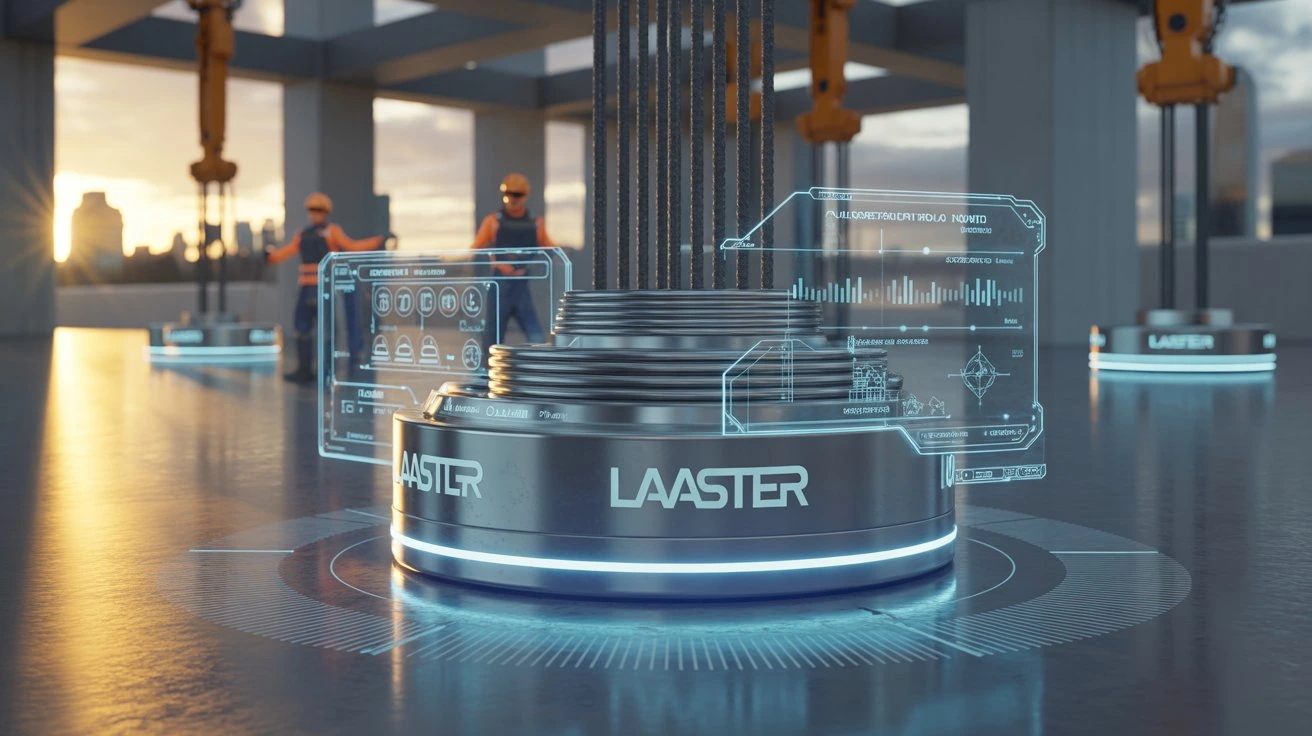Laaster is a term that has gained attention across different fields, though its meaning can vary depending on the context. For many people, the first question is simple: what exactly is it? In some cases, it refers to a tool or device, while in other settings it can be connected with techniques, strategies, or even brand-related concepts. Understanding this idea is important because it combines practical application with real-world utility, making it valuable in both professional and everyday environments.
The intent behind searching for laaster usually reflects curiosity about its definition, how it works, and whether it offers any specific advantages. People also want clarity on challenges and possible drawbacks, along with step-by-step guidance for usage. This article will cover all these aspects in detail, ensuring that readers get a complete picture of laaster and how it can be applied effectively.
The Meaning of Laaster
When people hear laaster, they often expect it to represent a tool, a method, or a unique solution. The word itself may have roots in technical or regional uses, which is why its meaning might shift depending on the context. At its core, laaster can be seen as a supportive element — something that aids in construction, performance, or productivity.
This supportive nature is what makes it appealing. It is not just a standalone concept but rather something that integrates into existing systems. Whether it is a physical instrument or a metaphorical aid, the role of this support system is to improve outcomes while reducing unnecessary struggles.
Why Laaster Matters Today
In today’s fast-changing world, people want solutions that save time, simplify processes, and improve results. This concept fits perfectly into that demand. Its importance comes from its ability to act as a bridge between effort and efficiency. For those who deal with construction, repair, or creative tasks, this device can be a literal tool. For others, it might symbolize a process or strategy that keeps things on track.
No matter which interpretation fits, the key value of laaster lies in the way it addresses practical challenges. It offers support where manual effort alone may not be enough, and that is why understanding it thoroughly is so useful.
Benefits of Laaster
The biggest advantage of laaster is the support it provides. When used as equipment, it allows users to complete tasks more safely and quickly. In construction or heavy-duty work, this solution adds stability, ensuring that materials or projects hold firm. This reduces risks of accidents and improves overall quality.
From another perspective, this method also saves time and energy. Instead of overextending effort, users rely on structured assistance. This efficiency means fewer mistakes, less waste, and smoother workflows. The psychological benefit should not be ignored either: knowing that a reliable support system is there increases confidence in taking on bigger tasks.
Challenges Associated with Laaster
While this concept has clear benefits, challenges also exist. For one, not everyone understands how to use it properly. Lack of knowledge or improper handling can lead to reduced effectiveness. In some cases, users might even damage materials or tools if the device is applied incorrectly.
Another challenge lies in availability. Depending on the market, the support system may not be widely accessible. Cost factors may also discourage people from adopting it, especially if cheaper but less effective alternatives are available. Additionally, there is always the need for training — without guidance, even the most advanced equipment cannot serve its full purpose.
Real-World Applications of Laaster
One of the strongest ways to understand laaster is through examples. In construction, it helps in holding bricks or heavy objects steady while alignment is being done. In manufacturing, it may refer to a device that keeps machines functioning smoothly. Even outside physical industries, this supportive method has symbolic use — as a way of ensuring processes stay balanced and reliable.
Everyday users may find it useful in DIY projects, home repairs, or even creative tasks where precision and support matter. The flexibility of this system makes it an adaptable concept that suits various industries and needs.
Step-by-Step Guide to Using Laaster
The first step is understanding the type of laaster you are dealing with. If it is a physical tool, read the manual, observe demonstrations, or seek guidance from experts. Once familiar, place this support equipment in the correct position to provide help where needed. Adjust its alignment to ensure stability, then gradually apply pressure or load in a controlled manner.
The second step is monitoring its performance. Do not overload the tool beyond its designed capacity. Keep checking for balance, and if it shows signs of wear, take action immediately. After usage, clean and store the device in a safe, dry place to extend its lifespan.
Finally, keep learning. As with any method or instrument, the more you practice, the more effective your use of laaster becomes. Over time, it shifts from being a foreign concept to a natural part of your workflow.
Laaster in Daily Life
It may surprise some readers to know that this concept is not limited to professionals. Everyday people use similar support tools in their kitchens, garages, or gardens. Think about the small devices that keep your shelves steady or the brackets that hold furniture in place — all these reflect the essence of laaster at a household level.
Understanding this support in daily life highlights its simplicity. It is not always about complex machinery but about small yet vital contributions that make our routines easier and safer.
Future of Laaster
Looking forward, the role of laaster is likely to expand. As industries focus on safety, precision, and efficiency, demand for supportive tools and methods grows. Innovations may lead to lighter, stronger, and smarter designs. In digital spaces, this concept could even symbolize virtual support systems that streamline workflows.
The future points toward integration — laaster as a bridge between tradition and technology. This makes it a relevant concept not just for today but also for years to come.
FAQs
What does laaster mean?
Laaster generally refers to a supportive tool or method used to provide stability, assistance, or efficiency in practical tasks.
How is laaster used in construction?
In construction, it is used to support bricks, blocks, or other heavy objects during alignment, ensuring safety and precision.
Is laaster useful in daily life?
Yes, laaster is practical in daily life for small repairs, home improvement projects, and providing extra support where stability is needed.
What are the benefits of laaster?
It improves efficiency, ensures safety, saves time, and provides reliable support in both professional and personal tasks.
Are there challenges in using laaster?
The main challenges are lack of knowledge, availability, and proper handling. Incorrect usage may reduce effectiveness or cause damage.
Can laaster evolve in the future?
Yes, with technological advancements, laaster may become smarter and more adaptable, expanding its use across different industries.
Also read about Jr Geo
Conclusion
Laaster is more than just a word. It represents support, balance, and reliability across different settings. Whether seen as a physical tool or a symbolic method, its value lies in making tasks easier, safer, and more efficient. While challenges exist, the benefits far outweigh them, especially when users take the time to understand laaster correctly.
If you are looking to improve productivity, simplify processes, or ensure better results, embracing this supportive solution is a wise step. Explore its uses, learn its best practices, and apply it where needed. The more you rely on laaster, the more you realize how vital support can be.





